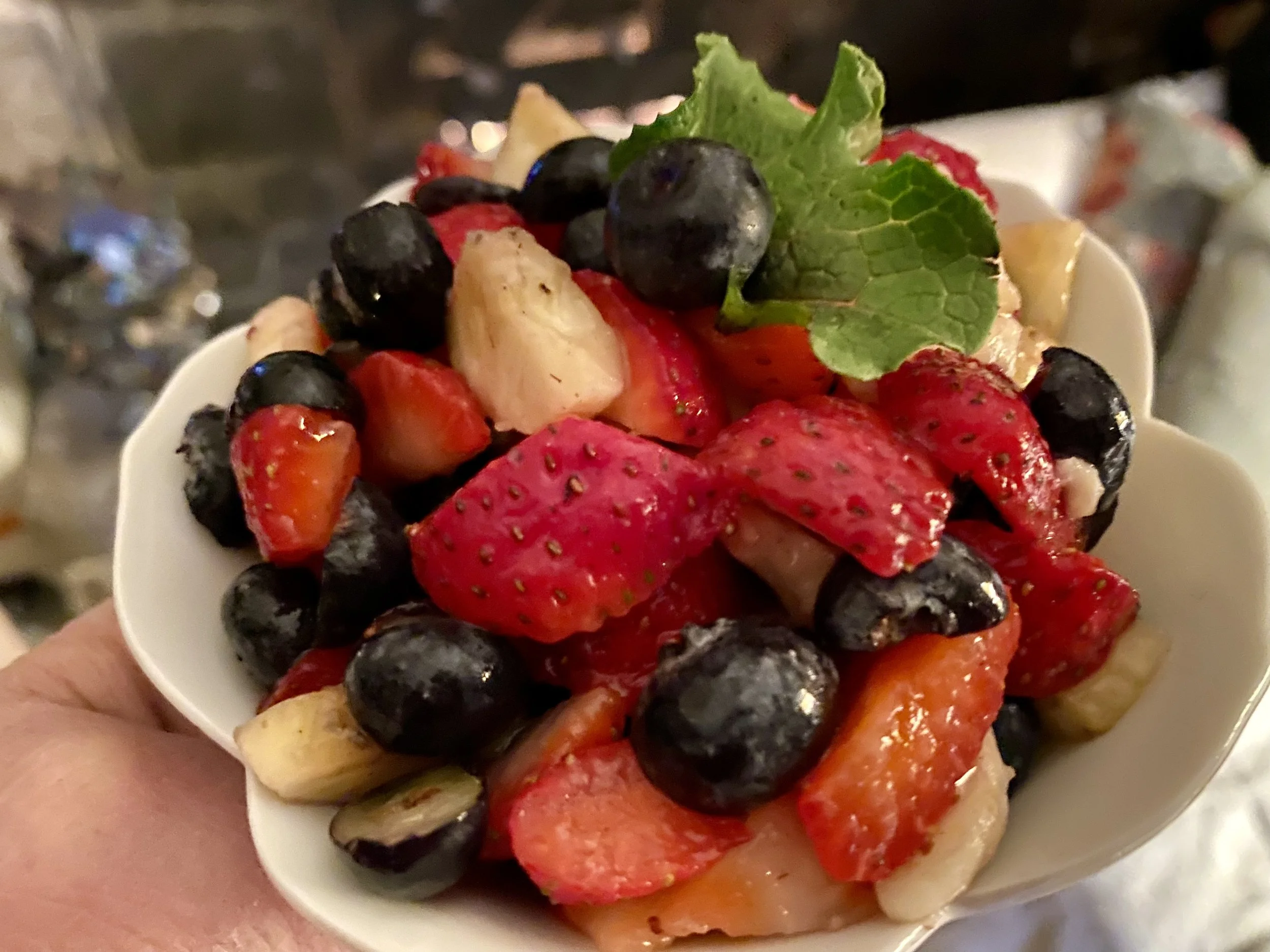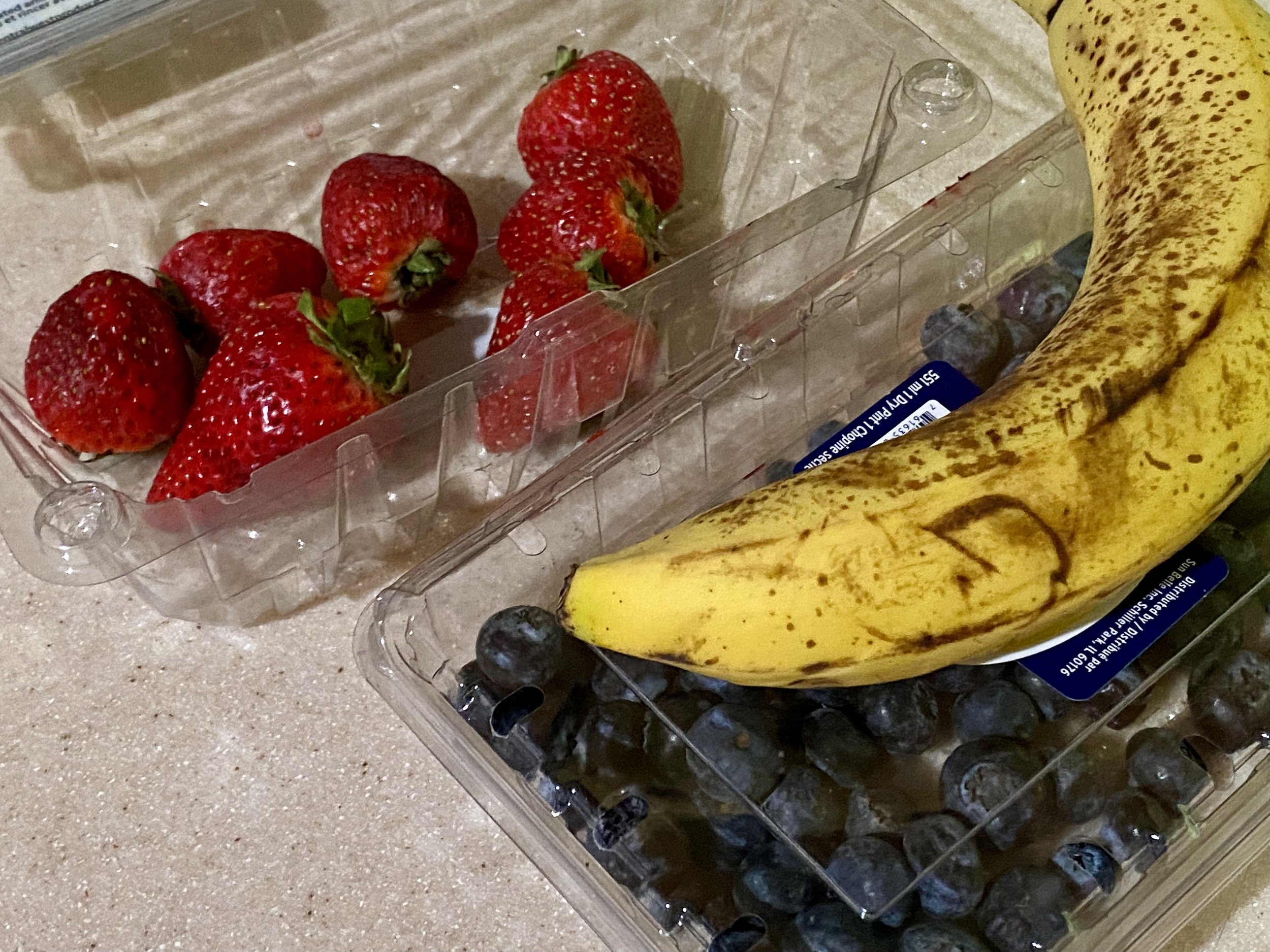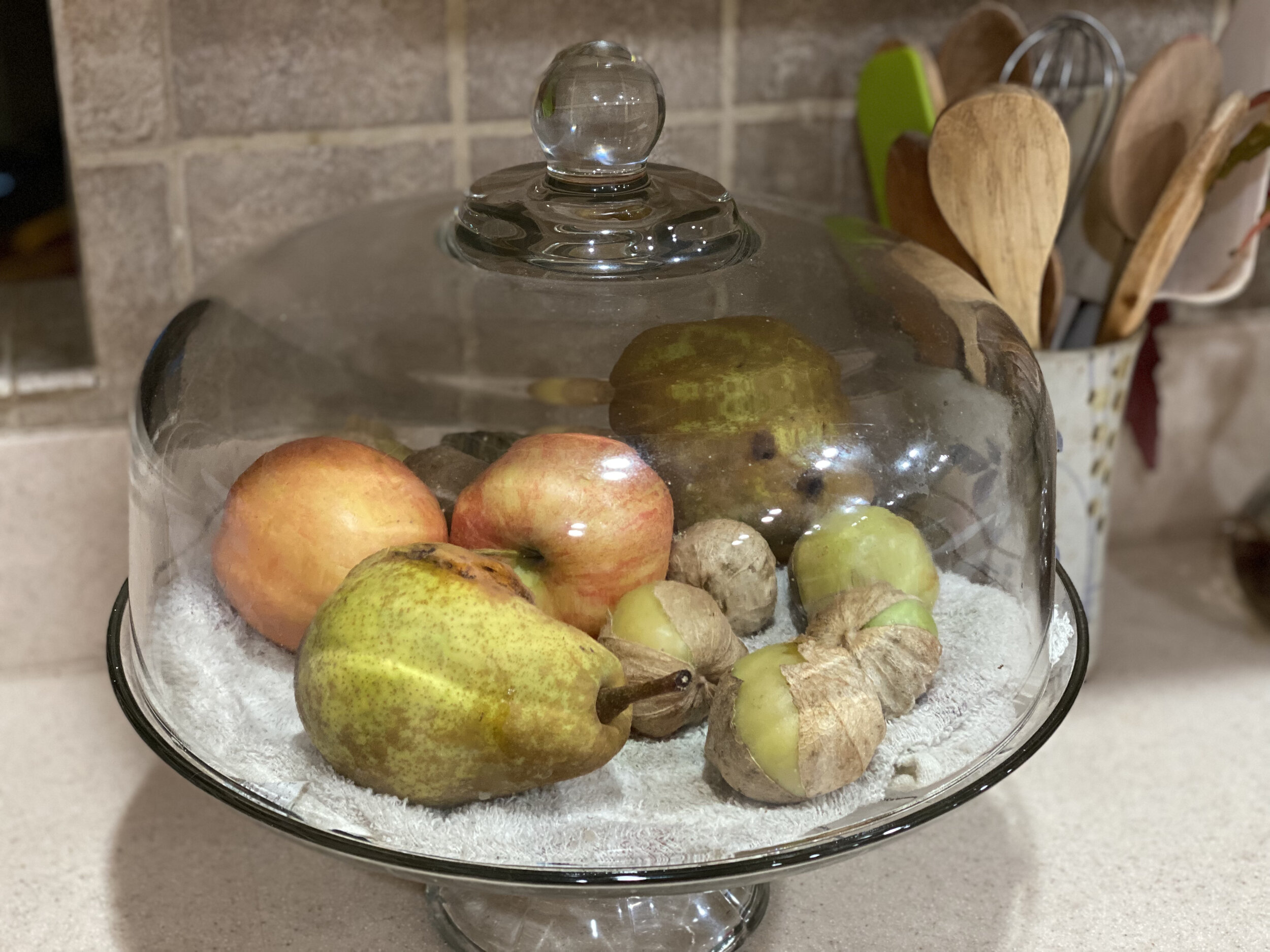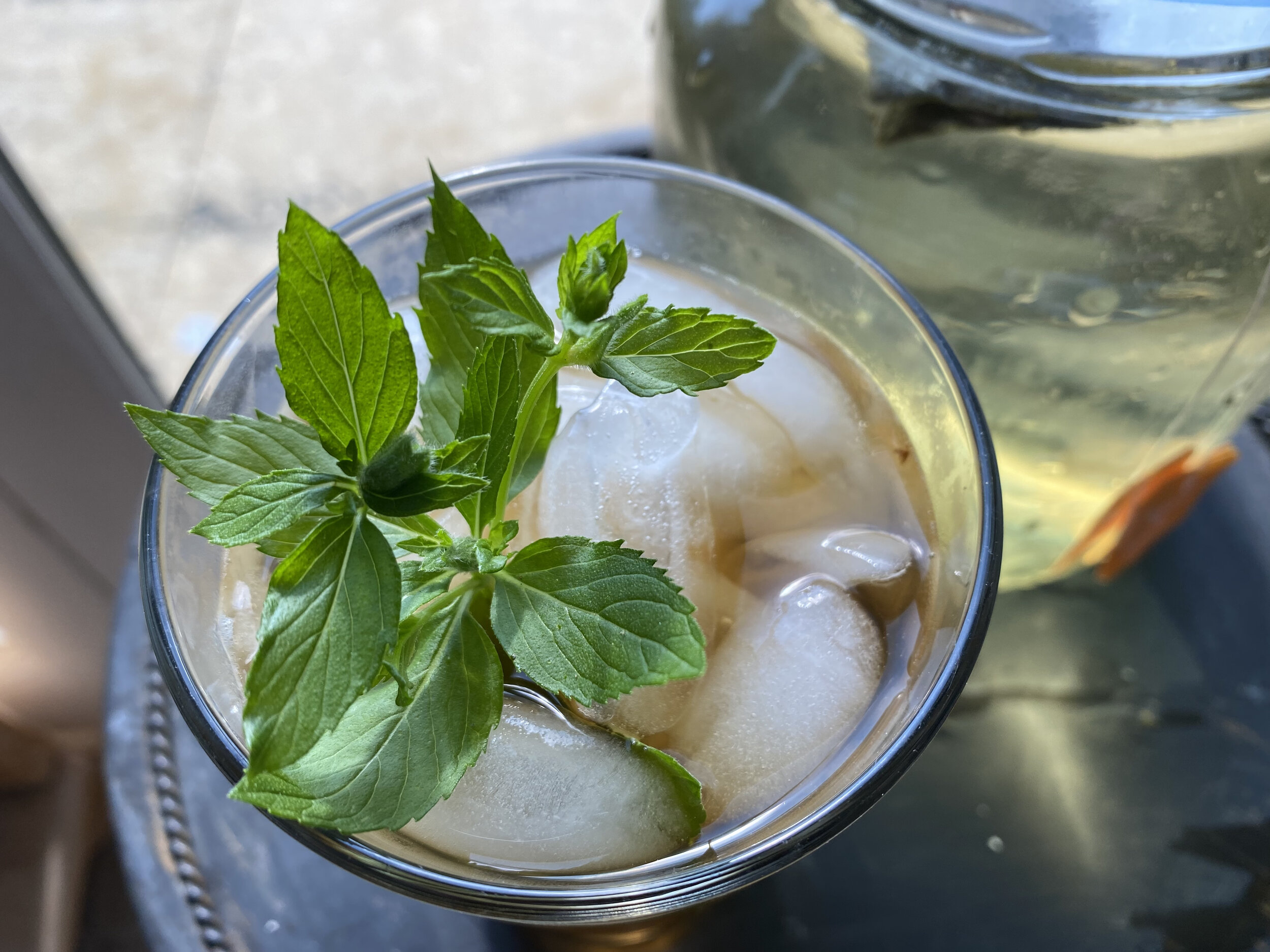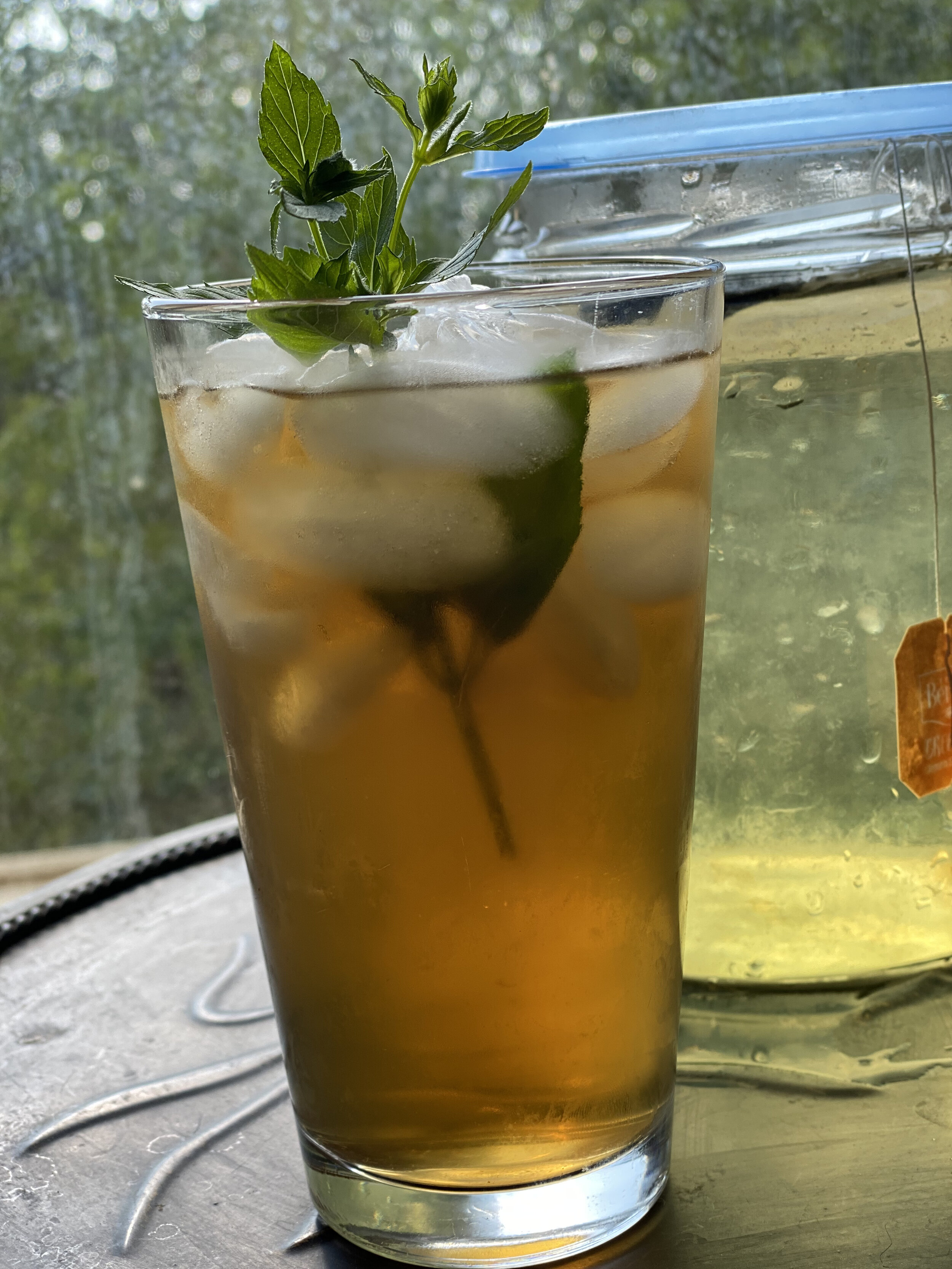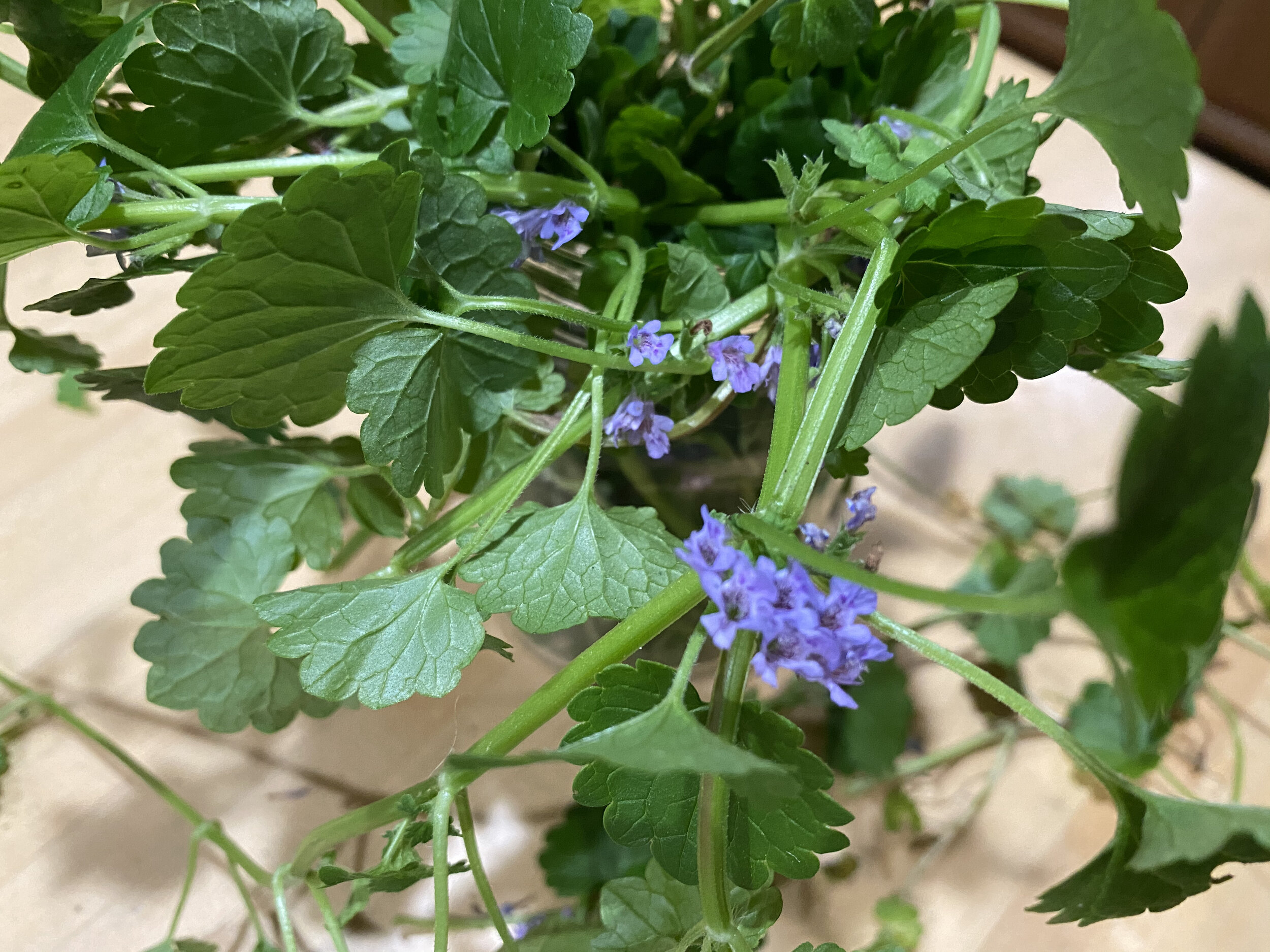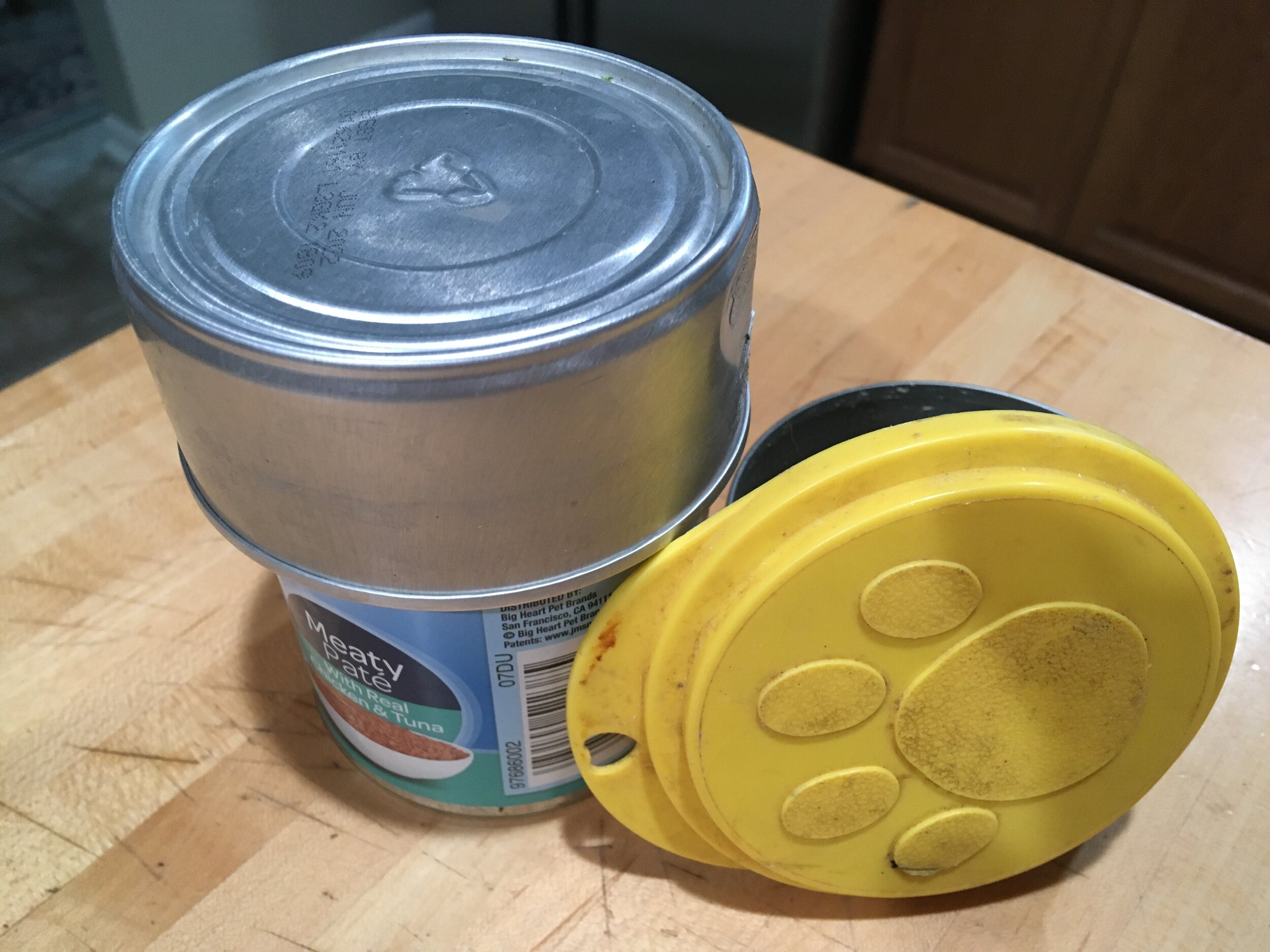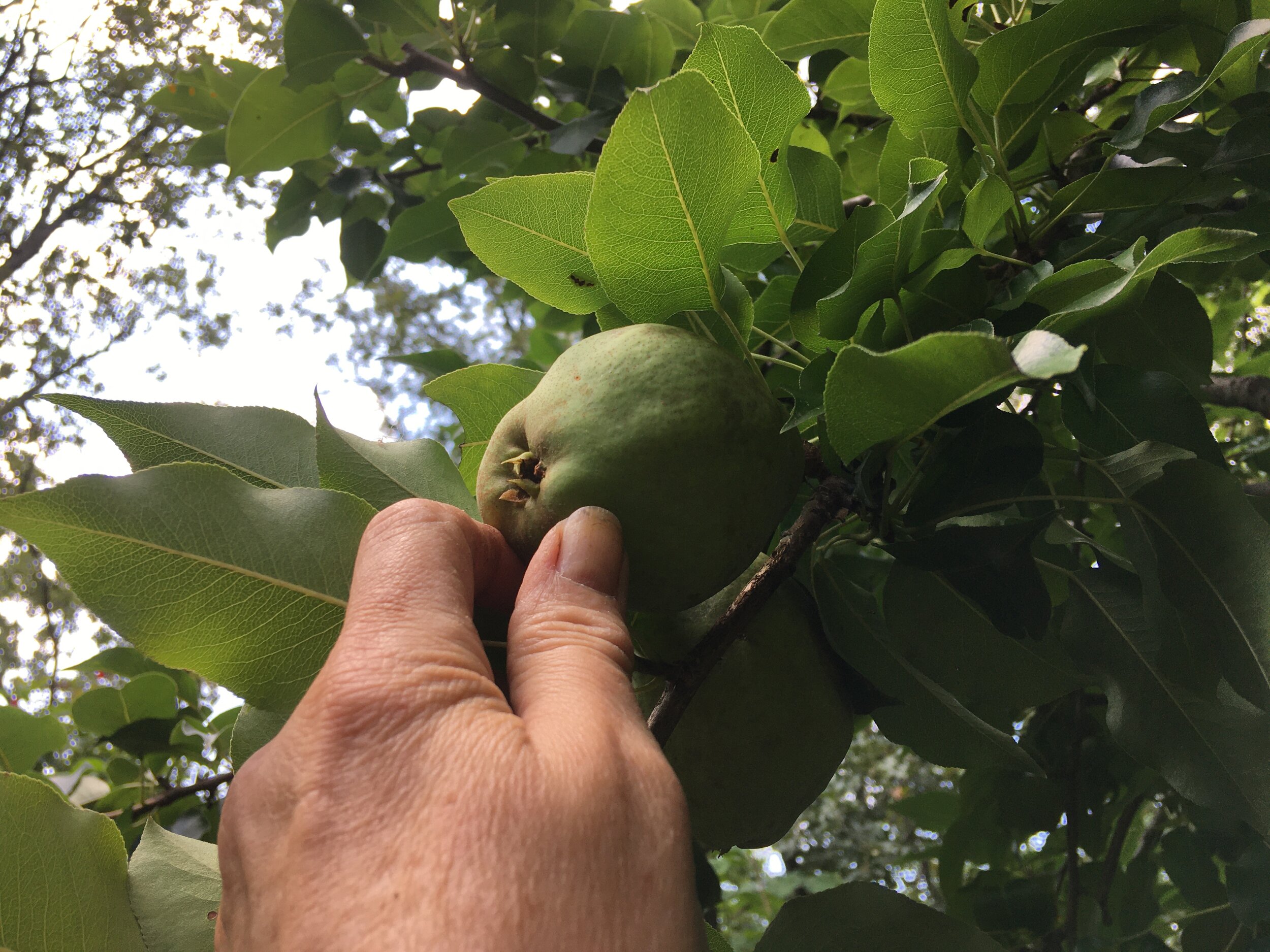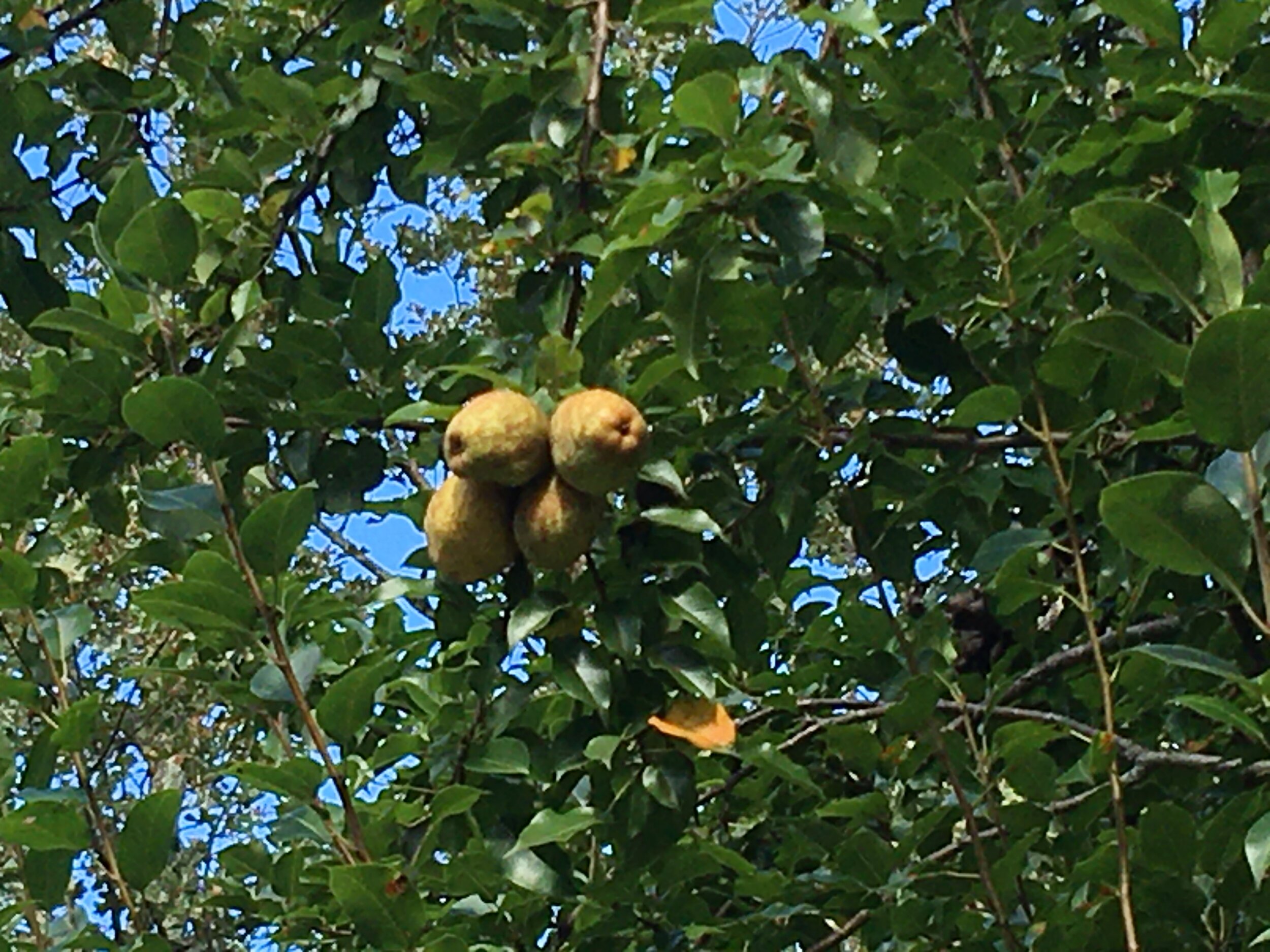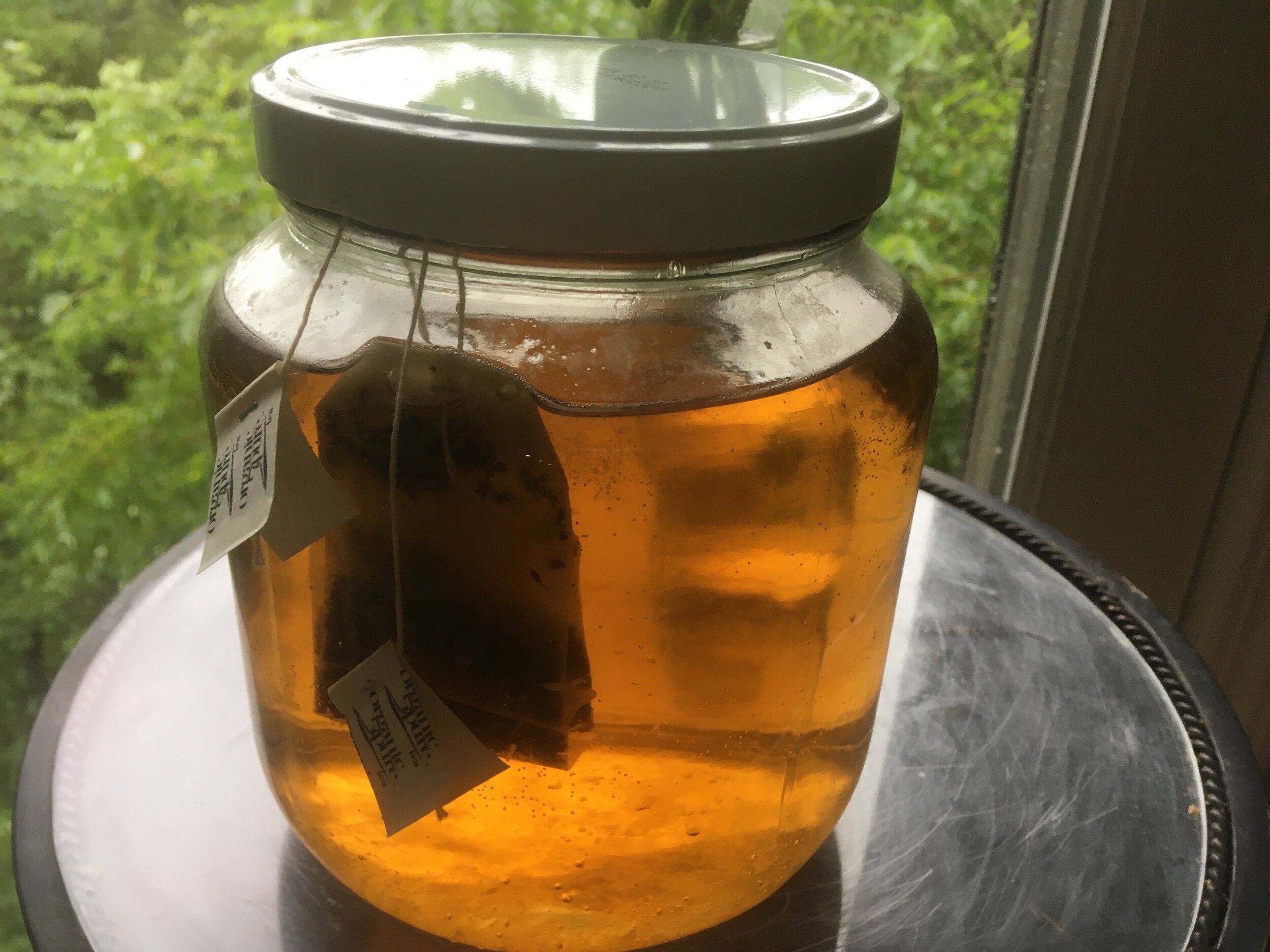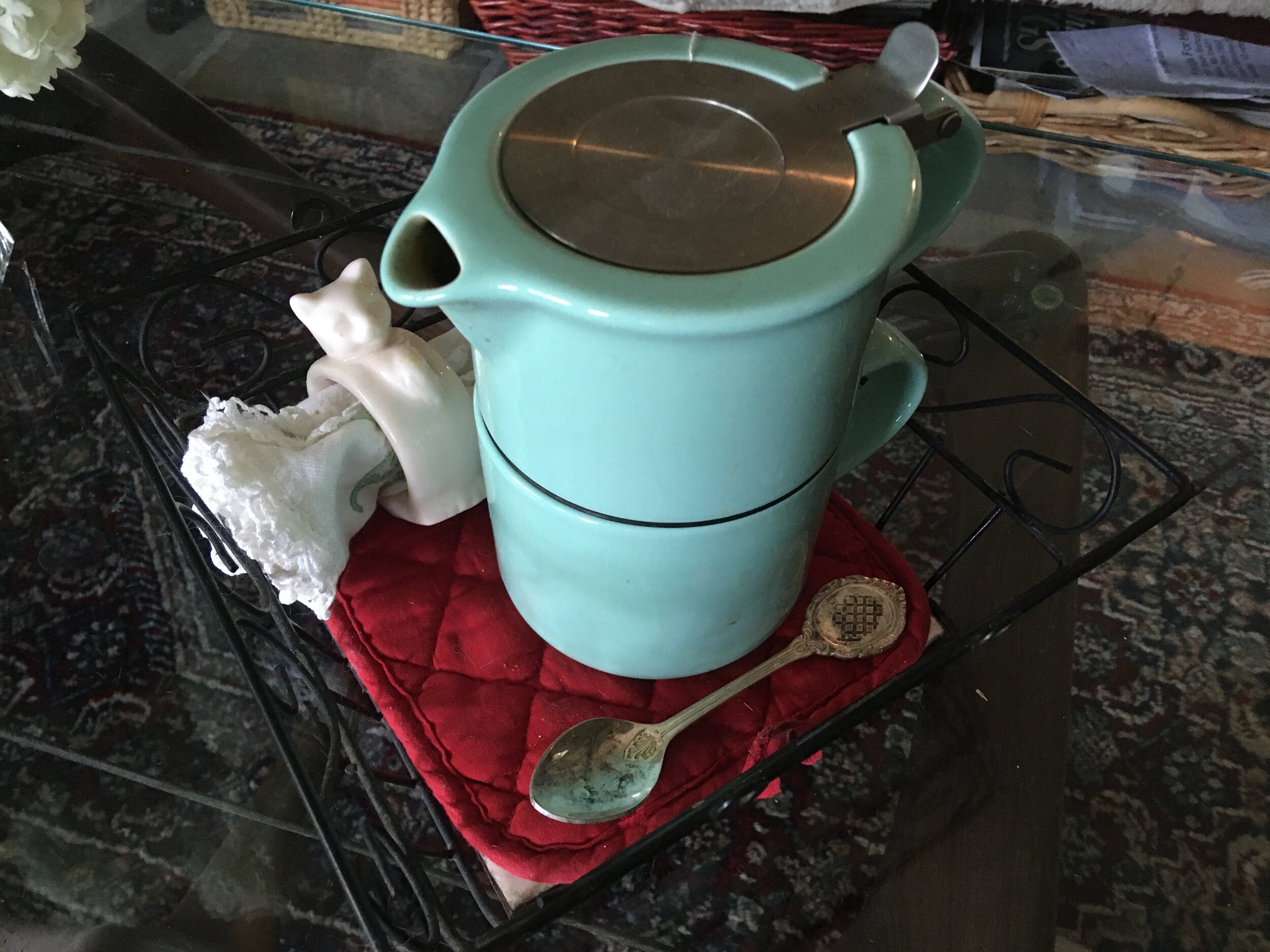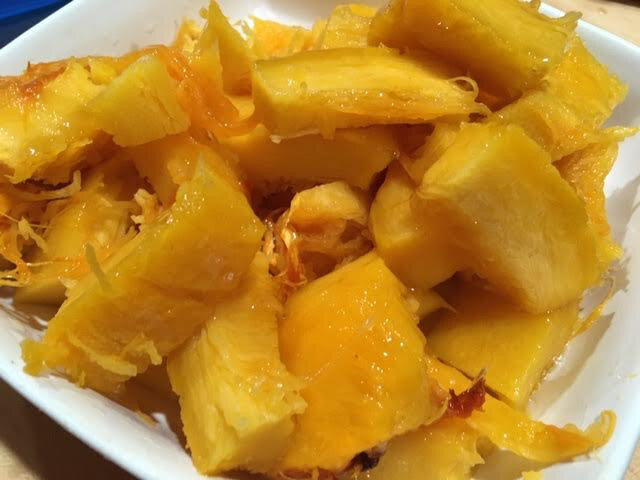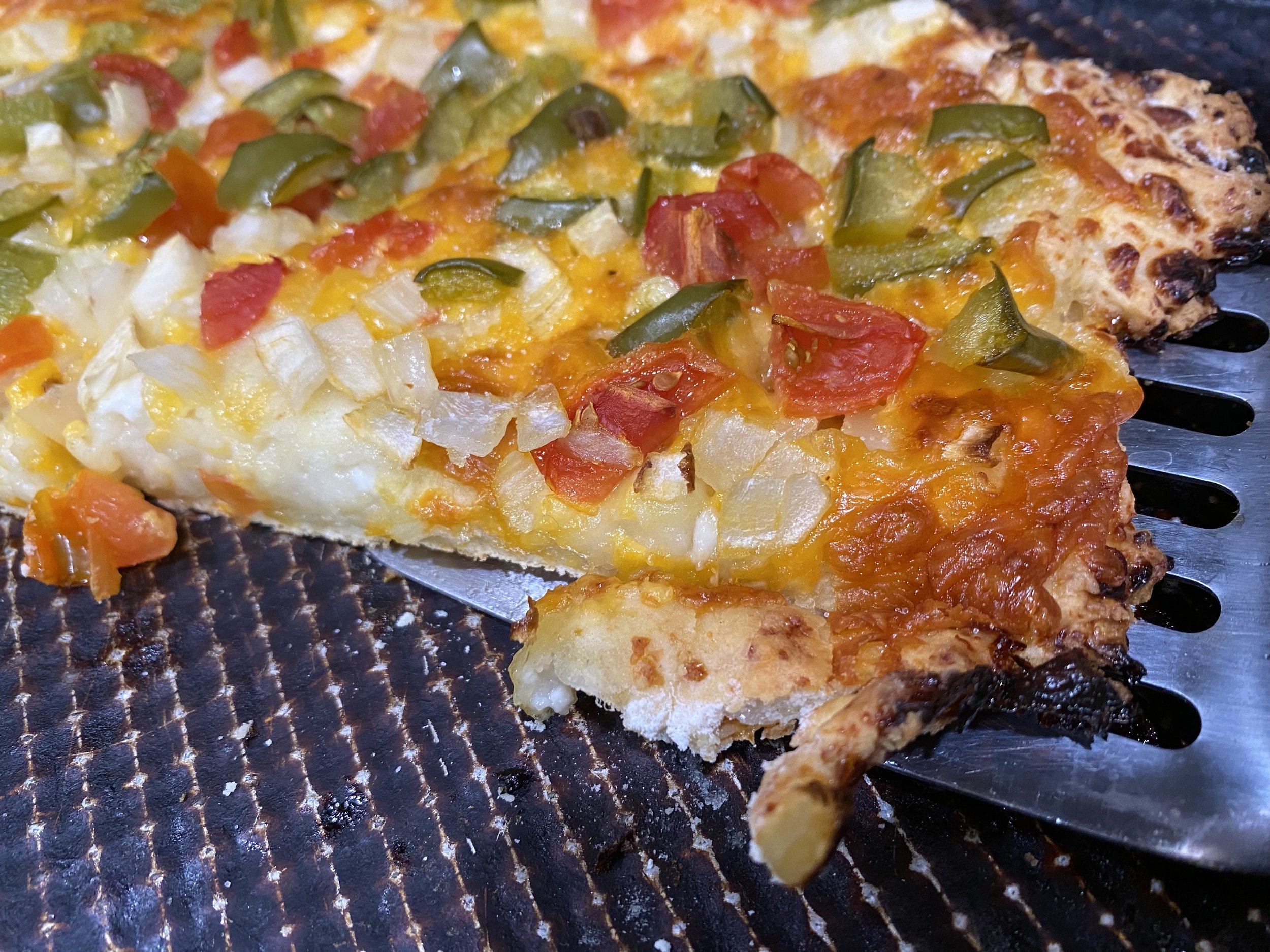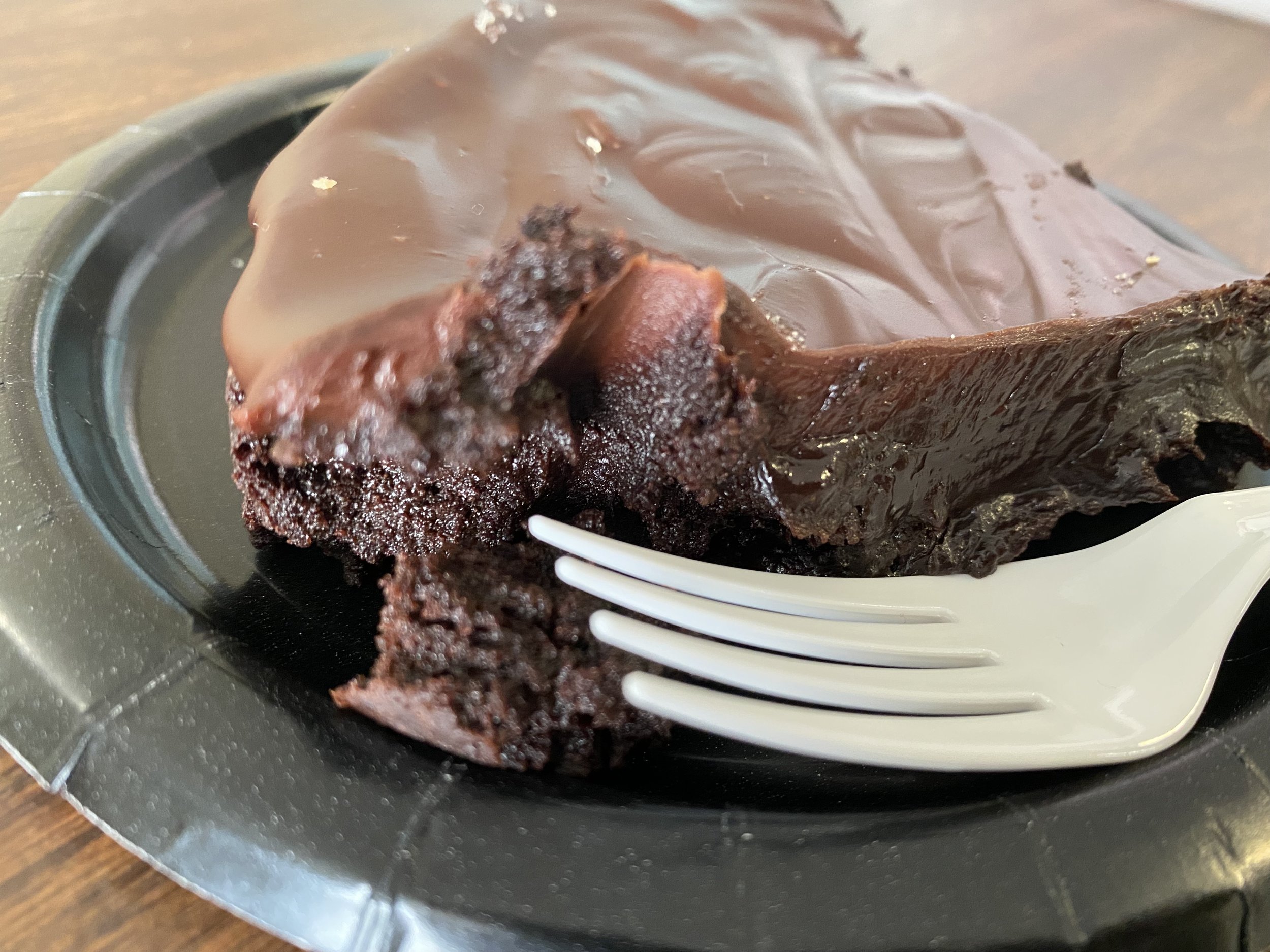Leftover Fruit Salad
/Leftover blueberries, strawberries and bananas. (Photo by Charlotte Ekker Wiggins)
Leftover Fruit Salad
As food prices continue to go up, we may be inspired to appreciate leftovers and use up the little dregs of produce we have remaining in the refrigerator. That’s what I do with remaining fresh fruit, especially berries.
Although I think about making a fruit salad, I tend to wait until the bananas start looking over ripe or fruit choices narrow down to just a few pieces each.
Don’t toss the leftover fruit, remix into a salad. (Photo by Charlotte Ekker Wiggins)
My favorite mix is strawberries with bananas sprinkled with black pepper. The key is to cut them into small pieces including quartering the banana so you can easily compost the parts that are brown.
For this week’s fruit salad, I had a few strawberries, a ripening banana and some blueberries. The green garnish at the top is a tiny piece of lettuce from a salad I made earlier.
Make the leftover fruit salad right before your meal to keep the bananas from browning. I’ve also made the salad the night before and kept in the refrigerator for consumption the next day. The bananas and strawberries marinate overnight, nicely mixing flavors.
To bring out the flavors, experiment with sprinkling with salt or black pepper.
Other Ways to Use Leftover Fruit
Another way to use up leftover fruit is to add it, again cut up in to small pieces, into homemade muffins. One of my favorite combinations is a salad with a side muffin. You will find recipes for muffins and other classic dishes in the 2007 American Illustrated Cooking Encyclopedia. Great gift idea for that new wedded couple and college graduate.
Finally add leftover fruit to that second day salad. The combination will give both leftovers a new lease on a meal.
Cooking at home is a great way to save money, too!

